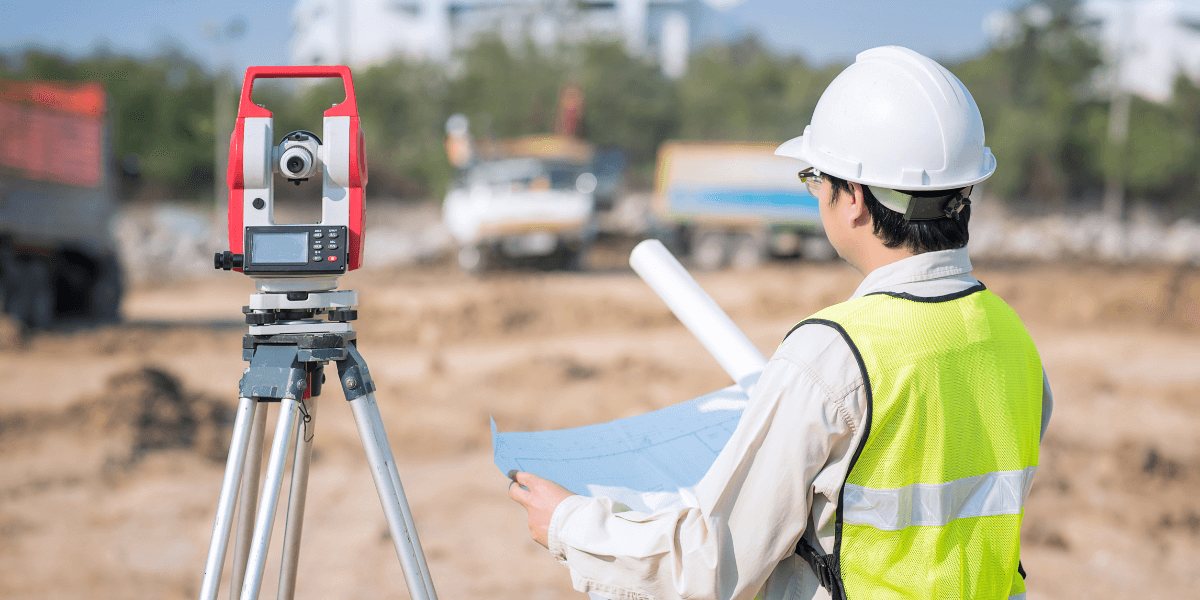Subdividing land is an exciting prospect for homeowners and developers alike. However, without a thorough understanding of land subdivision zoning and related regulations, projects can quickly become complex, costly, or legally challenging. Awareness of local planning rules, property overlays, and council requirements is essential before initiating any subdivision.
Zoning regulations for subdivisions are designed to manage land use, control density, and maintain community standards. Ignoring these rules can lead to rejected applications, project delays, or the need to redesign plans. Using a land surveyor is an effective way to navigate these complexities, as they can provide precise measurements and guide compliance with local zoning and overlay requirements.
Understanding property overlays is equally important. Overlays influence how land can be developed, including restrictions on vegetation removal, heritage structures, flood-prone areas, and environmental protection zones. Familiarity with these overlays is critical when planning subdivisions. This blog explores the key aspects homeowners and developers must consider before subdividing land.
Importance of Knowing Zoning Before Subdivision
Zoning controls how land can be used, including what structures can be built and how plots can be divided. Subdivide land rules differ between municipalities, and a lack of awareness can lead to rejected applications.
How Zoning Affects Subdivision
- Determines minimum lot sizes and density limits
- Restricts certain land uses in residential, commercial, or industrial areas
- Defines building height limits and setbacks
Risks of Ignoring Zoning
- Failing to check zoning before subdivision can result in:
- Planning permission for subdivision is being denied
- Legal disputes with neighbouring properties
- Increased project costs due to required redesigns
A professional survey can guide the subdivision process and provide clarity on allowable land uses. You can identify feasible subdivisions without infringing on zoning rules.
Understanding Property Overlays
Property overlays introduce extra planning controls that adjust or restrict development beyond basic zoning rules. These controls guide heritage care, environmental protection, bushfire safety, flood-risk considerations, vegetation management, and site responsiveness. They shape how projects progress, helping owners understand constraints, protect land features, and maintain long-term stability across sensitive or historically important locations. These elements support smarter planning decisions overall.
Types of Common Overlays
- Heritage overlays: Protect historically significant buildings or streetscapes
- Environmental overlays: Limit vegetation clearing or protect sensitive habitats
- Flood overlays: Manage development in flood-prone areas
- Bushfire management overlays: Impose construction standards for safety in high-risk zones
How Overlays Impact Subdivision
Ignoring overlays can result in:
- Increased risk of non-compliance penalties
- Delays in council approvals
- Additional costs for modifications or engineering reports
Consulting a property overlays guide or a professional surveyor is crucial for assessing land potential and compliance requirements before subdivision planning.
Steps to Take Before Subdividing Land

Planning a subdivision involves several stages, including research, approvals, and consultations. A clear, organised process helps reduce mistakes, supports smooth decision-making, and keeps the project on track. When each step is approached thoughtfully, landowners gain a clearer understanding of requirements, avoid unexpected delays, and move through the subdivision phase with greater confidence and efficiency.
Step 1: Review Zoning and Overlay Information
Access your local council’s zoning maps and overlay documents to understand restrictions, density, and land-use rules.
Step 2: Engage a Surveyor
A land surveyor in Melbourne can provide precise measurements, define boundaries, and assess site conditions for compliance.
Step 3: Consult Planning Authorities
Discuss your subdivision plans with the local council to identify potential issues early, particularly regarding planning permits and overlays.
Step 4: Prepare Detailed Plans
Incorporate zoning, overlay, and topographical data into your subdivision plans to meet regulatory requirements.
Step 5: Submit Planning Applications
Apply for planning permission for subdivision, including all supporting documentation, surveys, and site plans.
Common Challenges in Subdivision
Subdivision projects often face setbacks when zoning rules or overlays remain unnoticed. A clear understanding of these elements supports stronger planning, reduces surprises, and strengthens decision-making, helping landowners prepare strategies that address risks before they grow into bigger complications ahead.
Examples of Common Challenges
- Restrictions on minimum lot sizes are preventing the desired subdivision
- Environmental overlays requiring additional permits or mitigation works
- Heritage overlays limit structural changes or modifications
- Flood overlays necessitating special drainage and foundation planning
- Bushfire risk overlays requiring specific construction methods and setbacks
Addressing these challenges early with accurate data reduces the risk of rejected applications or costly redesigns.
Best Practices for Homeowners
Following best practices guarantees smoother land subdivision and compliance with regulations.
- Conduct thorough research on zoning and overlays before planning
- Use a property overlays guide for clarity on restrictions
- Engage professional surveyors to provide precise land measurements
- Verify council requirements for planning permission for subdivision
- Evaluate the impact of neighbouring properties on your subdivision
- Factor in access roads, utilities, and drainage planning
- Consider environmental and safety overlays in early designs
- Document all communications with the council and professionals
- Prepare flexible plans in case modifications are required
- Monitor timelines for approvals and adjust project schedules accordingly
Importance of Professional Surveying
Surveying plays a critical role in successful subdivisions. A surveyor can:
- Define accurate property boundaries
- Map topography and overlay restrictions
- Provide technical reports for council applications
- Offer guidance on feasible lot sizes and layouts
For those considering land subdivision, working with a professional surveyor is invaluable for avoiding errors and ensuring compliance with subdivision rules.
Applying for Planning Permission
Securing planning permission for subdivision is a key milestone. Councils evaluate whether proposed subdivisions comply with zoning regulations, overlays, and development standards.
Required Documentation
- Survey plans and site maps
- Assessment of overlays affecting the land
- Engineering reports for drainage, soil, and infrastructure
- Compliance statements for local planning controls
Timeline
Application timelines vary depending on the council and complexity. Engaging a surveyor and preparing thorough documentation helps speed up approvals and reduces the risk of delays.
Frequently Overlooked Details
People sometimes miss crucial factors that affect subdivision:
- Undocumented easements or right-of-way restrictions
- Connection points for water, electricity, and sewer services
- Sloping land requiring additional engineering for safe subdivision
- Existing vegetation that may require preservation or removal permits
- Neighbouring developments affecting sunlight, privacy, or access
Addressing these issues upfront improves project outcomes and compliance.
Benefits of Proper Zoning Awareness
Being aware of zoning regulations for subdivision offers multiple benefits:
- Predictable development process with fewer delays
- Reduced risk of legal disputes
- Clear understanding of lot sizes, setbacks, and permitted uses
- Better financial planning and budgeting
- Alignment with council priorities and sustainable development standards
Planning for the Future
When subdividing, consider the long-term potential of your land:
- Future development of the surrounding plots
- Market demand for specific lot sizes or property types
- Impact of overlays on resale value
- Potential for infrastructure upgrades or changes in zoning
Strategic planning helps maximise the benefits of subdivision while maintaining compliance and minimising risk.
Bottom Line
Understanding land subdivision zoning, property overlays, and council requirements is critical for anyone looking to subdivide their property. Mistakes in planning can lead to rejected applications, legal disputes, and unexpected costs. By using a professional surveyor and consulting zoning guides, you can navigate the process efficiently, comply with regulations, and achieve successful subdivisions.
For expert assistance with land subdivision in Melbourne, contact GREATER MELBOURNE SURVEYORS. Our team provides precise surveying, guidance on zoning, overlays, and subdivision rules, giving you confidence throughout your project.










